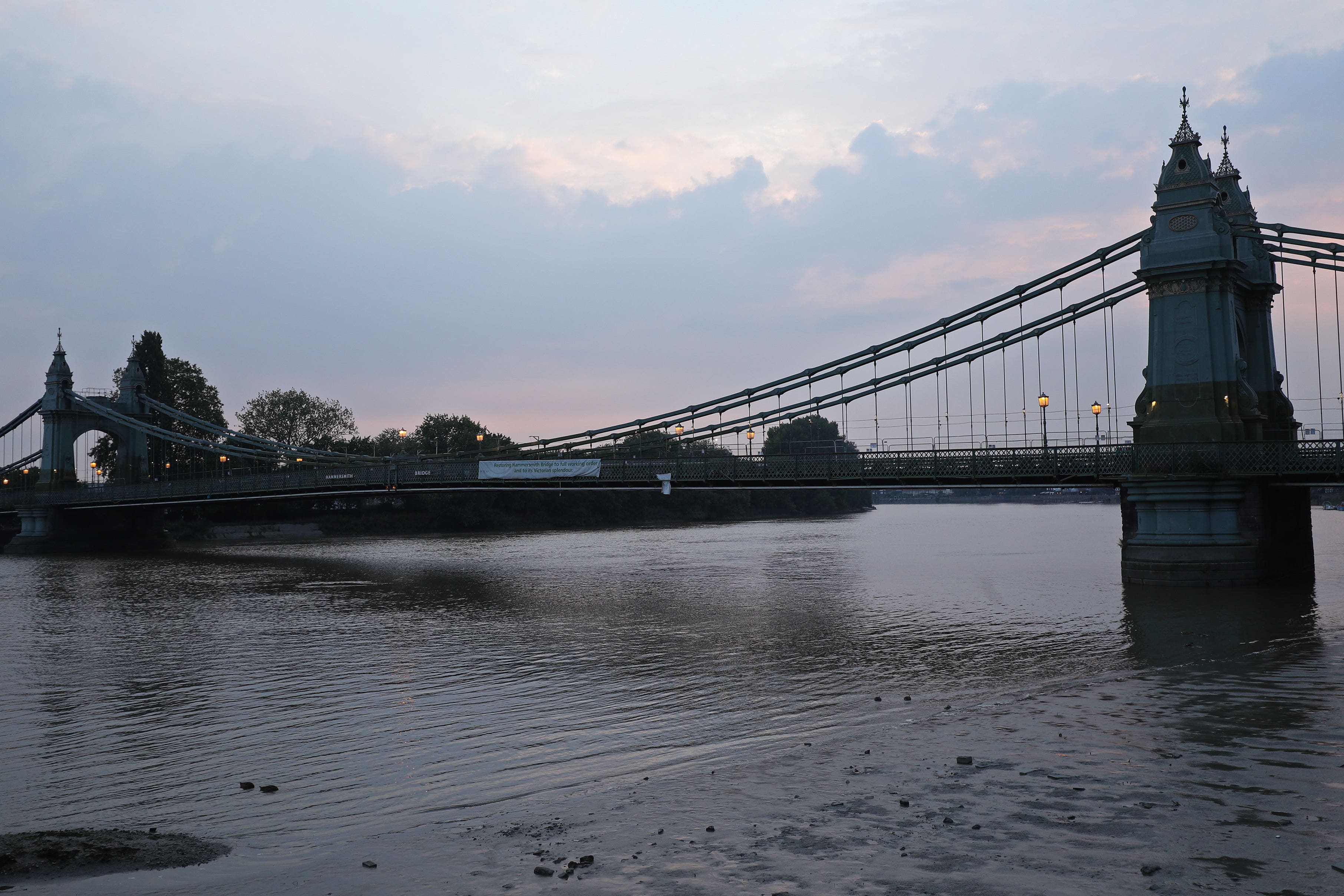One in 24 local road bridges cannot carry heaviest vehicles, councils say
Local authorities identified 3,090 bridges as being substandard at the end of 2022, the RAC Foundation said.

One in 24 bridges on Britain’s local roads are unable to carry the heaviest vehicles, figures show.
Local authorities identified 3,090 bridges as being substandard at the end of last year, the RAC Foundation said.
This means they are too weak to be used by 44-tonne lorries.
Many are subject to weight restrictions, while others are under programmes of increased monitoring or even managed decline.
There is only so long that councils can continue to patch things up
Councils reported 14 partial collapses during the 2021/22 financial year.
They were in the local authority areas of Aberdeenshire, Barnet, County Durham, Lancashire, Na h-Eileanan an Iar, Shropshire, Tower Hamlets, Warwickshire, Conwy and Newport.
Devon has the most substandard bridges at 224, followed by Cheshire East (194), Essex (151), Somerset (128) and Suffolk (119).
Some are substandard because they were built to earlier design standards, while others have deteriorated through age and use.
Cracks in the pedestals of Hammersmith Bridge, west London, have led to motor vehicles being banned from using the 136-year-old cast iron structure since April 2019.
The total of 3,090 substandard bridges is down from 3,211 a year earlier.
Between them, local authorities said they would ideally want to bring 2,506 of their substandard bridges back up to full carrying capacity.
But budget constraints mean they anticipate that only 387 will have the necessary work carried out on them within the next five years.
Bridge owners have shown in the data an aspiration to reduce the number of substandard bridges by 81%
The analysis was based on data provided by 196 councils in response to freedom of information requests, and was carried out in partnership with Adept, a group representing local authority bosses responsible for transport and other sectors.
Bridges included in the research range from major structures across estuaries to stretches of road at least 1.5 metres in length spanning culverts carrying water under carriageways.
RAC Foundation director Steve Gooding said: “This latest study shows the scale of the challenge local authorities are valiantly wrestling with to protect the critical road infrastructure we all rely on in the context of huge funding and resource pressures.
“The numbers illustrate how important it is for significant sums of money to be spent tackling at least the higher priority work.
“Whether it is potholes or bridges, there is only so long that councils can continue to patch things up before bigger cracks literally start to appear in the road network.
“One other key finding of the report is the need for local authorities to have a very precise inventory of what they are responsible for.
“Attention to detail is critical on what, by any road user’s reckoning, must be regarded as critical infrastructure.”
Kevin Dentith, vice chairman of Adept’s national bridges group, said: “Bridge owners have shown in the data an aspiration to reduce the number of substandard bridges by 81%.
Not all bridges are the responsibility of councils, but for those that are, they are doing their best to ensure they are well maintained and withstand extreme weather, the like of which communities have been experiencing for much of the last few months
“The data suggests to achieve this will require Government funding of £918 million but there is currently a skills shortage of senior engineers able to take on this work which will also need addressing.”
Cllr David Renard, transport spokesperson for the Local Government Association said: “Bridges, whether for rail, local highways or motorways, are a vital part of our transport infrastructure that connect communities and business.
“Not all bridges are the responsibility of councils, but for those that are, they are doing their best to ensure they are well maintained and withstand extreme weather, the like of which communities have been experiencing for much of the last few months. However, this is becoming increasingly challenging in the face of a backlog of nearly £12 billion to bring our local roads up to scratch.”
A spokesperson for the Department for Transport said: “The Government is providing more than £5 billion of investment over this Parliament to local authorities across England to support the maintenance of their local highway infrastructure, including the repair of bridges and the resurfacing of roads up and down the country.”
Subscribe to Independent Premium to bookmark this article
Want to bookmark your favourite articles and stories to read or reference later? Start your Independent Premium subscription today.
